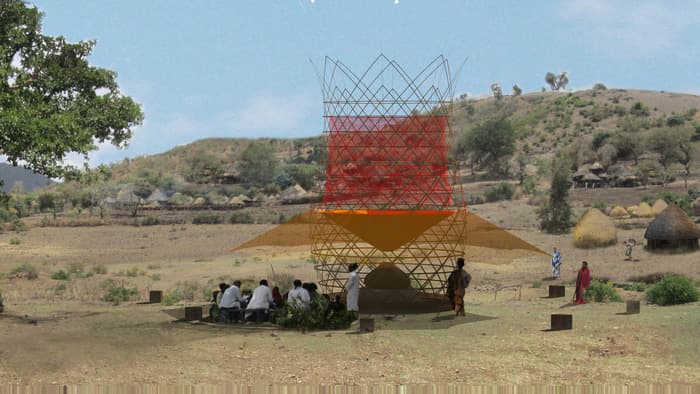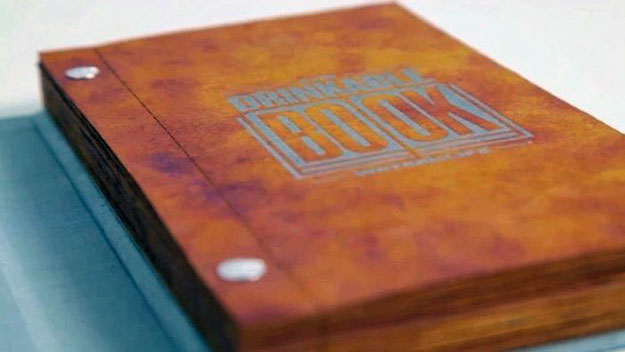As water shortage is a serious issue in many parts of the world, a means of efficiently harnessing safe drinking water from thin air without the need of expensive infrastructure could be a real lifesaver. Italy’s Architecture and Vision is developing an off-grid bamboo tower called Warka Water that promises just that: the firm says it could collect an annual average of up to 100 liters (26.4 US gallons) of water per day.
Once completed, Warka Water will rise to a height of 10 m (33 ft), weigh 60 kg (132 lb), and be secured to the ground with eight guide ropes. The tower consists of a lightweight woven bamboo structure, while an inner plastic mesh retains water droplets from passing fog, which fall into a collector and a large tank. Any rainwater and overnight dew also collects in the tank. Read more






